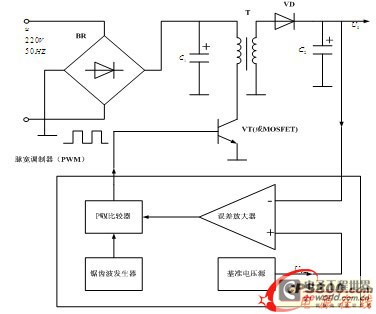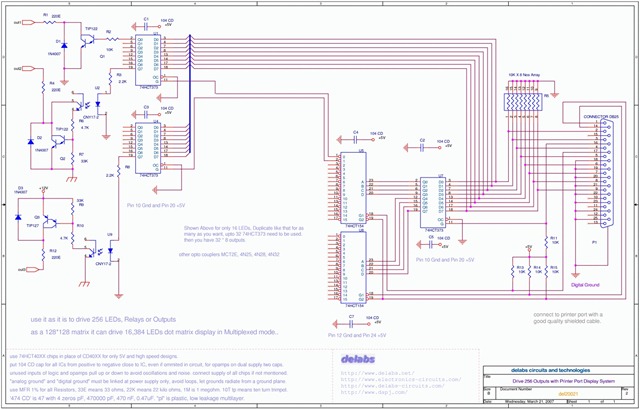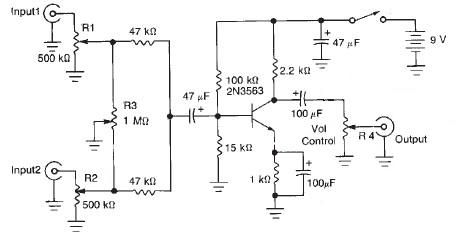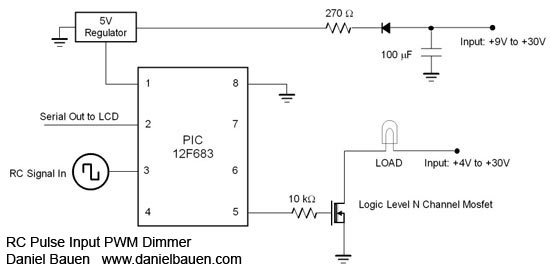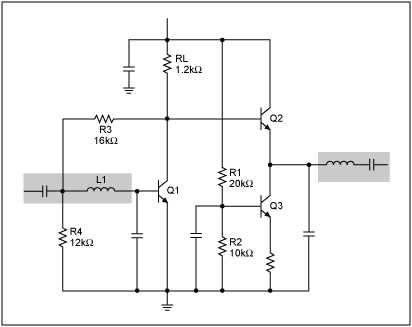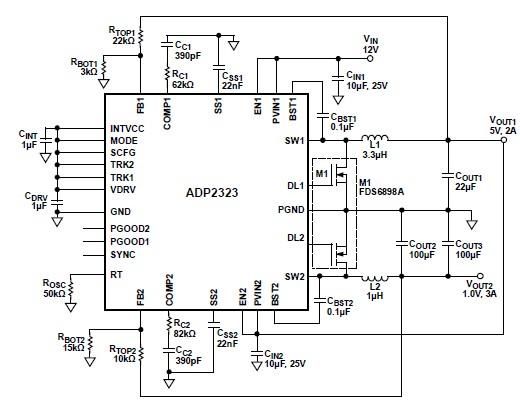
design e phemt 49 60 ghz lna

This two-stage design utilizes enhancement-mode pHEMT device technology to support IEEE 802.11a, HiperLAN2, and HiSWANa local-area network receivers.
The two-stage design is characterized by its use of enhancement-mode pHEMT (pseudomorphic High Electron Mobility Transistor) technology, which is essential for achieving high-frequency performance and low noise figures in wireless communication applications. This technology enables the design to efficiently process signals for various local-area network standards, including IEEE 802.11a, HiperLAN2, and HiSWANa.
The first stage of the design typically functions as a low-noise amplifier (LNA), which is crucial for amplifying weak incoming signals while minimizing added noise. The enhancement-mode pHEMT devices provide the necessary gain and bandwidth, ensuring that the LNA can effectively operate within the frequency ranges specified by the aforementioned standards.
The second stage usually consists of a power amplifier (PA) that boosts the amplified signals to a level suitable for transmission. The design of the PA must consider linearity and efficiency to maintain signal integrity and minimize power consumption. The pHEMT technology allows for high efficiency at the desired frequencies, which is vital for portable and battery-operated devices.
In terms of schematic representation, the circuit may include input and output matching networks to optimize power transfer and minimize reflections. Additionally, biasing networks are essential for setting the operating point of the pHEMT devices, ensuring stable performance across varying temperatures and supply voltages.
Overall, this two-stage design leveraging enhancement-mode pHEMT technology is well-suited for modern local-area network applications, providing robust performance in terms of signal amplification, efficiency, and compliance with industry standards.This two-stage design makes use of enhancement-mode pHEMT device technology to serve IEEE 802.11a, HiperLAN2, and HiSWANa local-area-network receivers.. 🔗 External reference
The two-stage design is characterized by its use of enhancement-mode pHEMT (pseudomorphic High Electron Mobility Transistor) technology, which is essential for achieving high-frequency performance and low noise figures in wireless communication applications. This technology enables the design to efficiently process signals for various local-area network standards, including IEEE 802.11a, HiperLAN2, and HiSWANa.
The first stage of the design typically functions as a low-noise amplifier (LNA), which is crucial for amplifying weak incoming signals while minimizing added noise. The enhancement-mode pHEMT devices provide the necessary gain and bandwidth, ensuring that the LNA can effectively operate within the frequency ranges specified by the aforementioned standards.
The second stage usually consists of a power amplifier (PA) that boosts the amplified signals to a level suitable for transmission. The design of the PA must consider linearity and efficiency to maintain signal integrity and minimize power consumption. The pHEMT technology allows for high efficiency at the desired frequencies, which is vital for portable and battery-operated devices.
In terms of schematic representation, the circuit may include input and output matching networks to optimize power transfer and minimize reflections. Additionally, biasing networks are essential for setting the operating point of the pHEMT devices, ensuring stable performance across varying temperatures and supply voltages.
Overall, this two-stage design leveraging enhancement-mode pHEMT technology is well-suited for modern local-area network applications, providing robust performance in terms of signal amplification, efficiency, and compliance with industry standards.This two-stage design makes use of enhancement-mode pHEMT device technology to serve IEEE 802.11a, HiperLAN2, and HiSWANa local-area-network receivers.. 🔗 External reference
